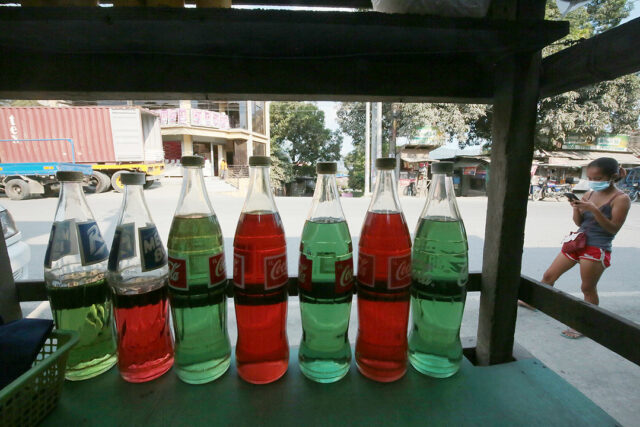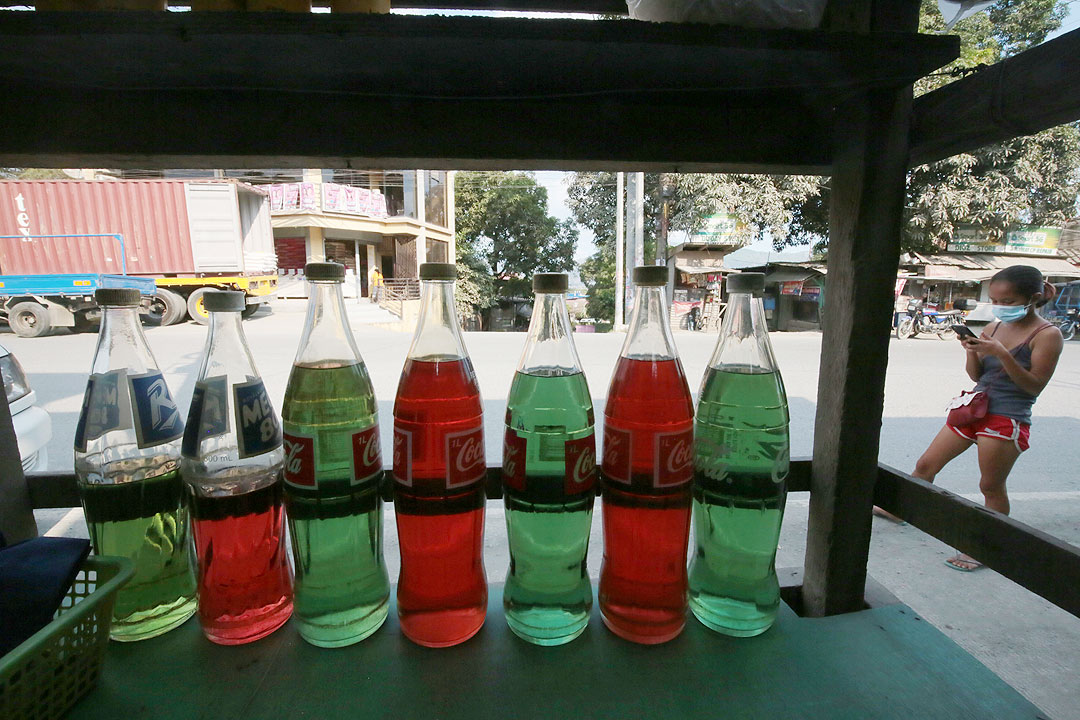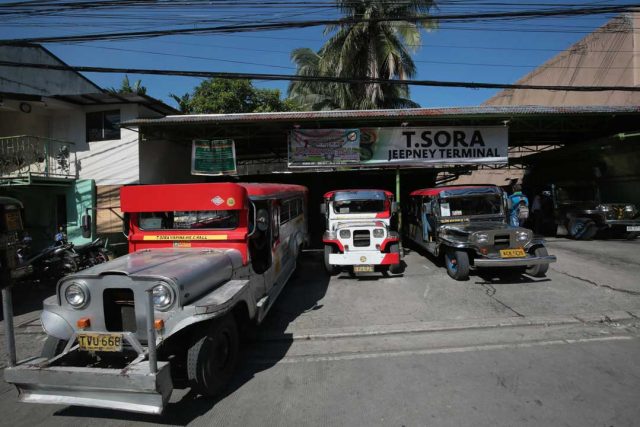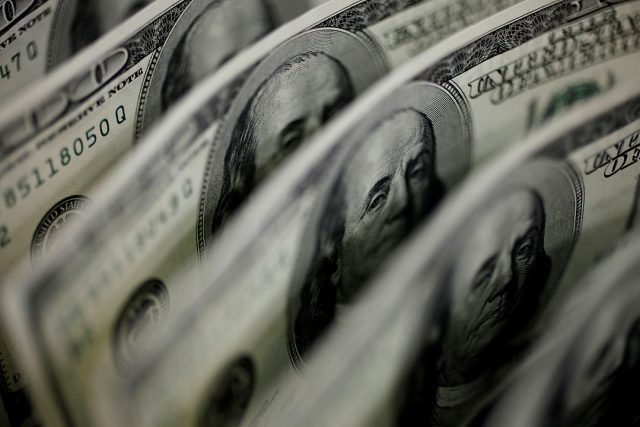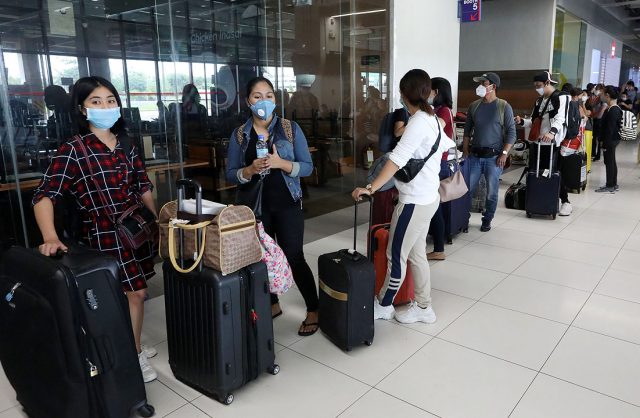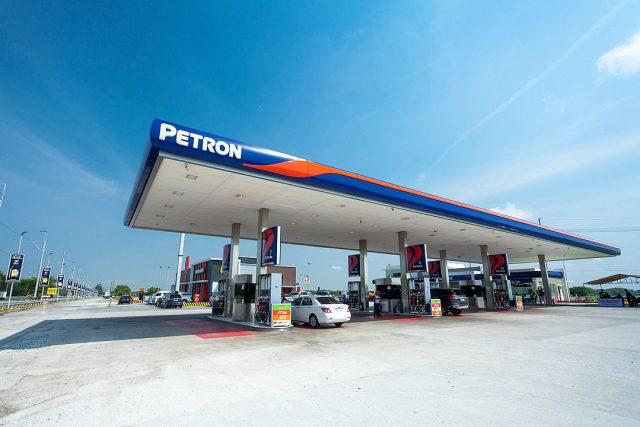AFTER getting more than 276,000 website views and over 40,000 visitors in its first online edition in 2021, Art Fair Philippines returns as a hybrid event for the 10th edition, which runs from March 23 to April 1.
Since the Art Fair’s first year in 2013 and its last onsite show in 2020, a physical exhibition takes a new space at the Ayala Triangle Gardens and gallery venues, while online exhibitions and activities can be accessed at www.artfairphilippines.com.
“Coming from the pandemic, it’s about time that we move forward by encouraging people to attend activities in person. We thought it was ideal to give everyone a chance to go out and see more things,” said Art Fair Philippines co-founder Geraldine “Dindin” B. Araneta in an online press conference on March 1.
‘DELIBERATELY UGLY’
Art consultant Norman Crisologo and exhibition designer and theater director Ed Lacson will present art installations at the Ayala Tower One Fountain Area for the ArtFairPH/Projects section. The outdoor works will showcase the “baroque quality” of Philippine art, according to Mr. Crisologo.
Art Fair Philippines co-founder Lisa Ongpin-Periquet described the art installations as “the deliberately ugly, the seemingly spontaneous, the recklessly experimental with a unique Filipino sensibility.”
The other featured artists for the Projects section with special exhibitions around the space are the late Arô Soriano, social realist Nune Alvarado, Bjorn Calleja, Johanna Helmuth, Ryan Jara, Doktor Karayom, Tyang Karyel, Aze Ong, Wyndelle Remonde.
Joining the exhibition is Ilonggo artist Melvin Guirhem, this year’s recipient of the Karen H. Montinola Selection.
The inflatable sculpture of Russian artist Sasha Frolova will no longer be shown due to shipping difficulties brought about by the Russia-Ukraine crisis.
“Logistically it became difficult to ship Sasha’s artwork to Manila, after the invasion of Ukraine. We also felt that, perhaps, showing her work for the upcoming fair did not suit the times, when the war has been so devastating for the people of Ukraine,” said Ms. Lopa in a Viber message to BusinessWorld.
The ArtFairPH/Photo section also joins the physical exhibition. Curated by Neal Oshima, Michael Salientes, Mark Nicdao, and Gio Panlilio, the photography exhibition is titled Tattoos, Ternos and Couture, A Celebration of Philippine Fashion Photography.
According to Ms. Araneta, the exhibition hopes to present fashion photography as an art beyond its attachment to fashion brands.
“The curators were afraid that we’re seeing that it’s really been looked at as a service to the garment industry, but this is really a way to highlight the practice of photographers within the fashion industry,” she said.
Appearing on screen at a public amphitheater is a work by New York-based new media artist Jeremy Couillard for The ArtFairPH/Film section. The showcase includes his new film There Is No Up Or Down, Only Attraction (2022) which “explores curious creatures across galactic vistas, pixelated gaming maps, and streetscapes.” Mr. Couillard’s Fuzz Spiral series — a collection of three films based on the artist’s video game Fuzz Dungeon (2021) will also be featured.
The physical art fair will also exhibit works by the chosen artists for #ArtFairPH/Residencies: Derek Tumala for Manila Observatory, Hannah Nantes for Linangan Art Residency, Jao San Pedro for Emerging Islands, Alwin Reamillo for Orange Project, and Faye Abantao for Butanding Barrio.
Launched in 2021, ArtFairPH/Residencies is open to Filipino artists across all disciplines. The application period for 2022 will be from March 23 to April 23. The chosen artists shall be announced by May 20.
Also returning to the art fair is “10 Days of Art,” a series of events around the Makati Central Business District in celebrating art. As in previous years, the public may visit art installations around Makati City.
This year’s three major public art exhibits will include an art installation by James Clar called I Can’t Tell You What I Don’t Know, Only That I Don’t Know at the plinth in front of the Ayala Museum; works by Juanito Torres and Norman Dreo, two solo exhibits titled Perspectives, will also be on view at the Greenbelt 5 Gallery. For schedules and updates, visit www.10daysofart.com.
DIGITAL MEETS PHYSICAL
New to the fair is an interactive augmented reality (AR) Art Trail at the Ayala Triangle Gardens, which uses the Daata AR app.
The AR Art Trail features Leeroy New’s artwork Aparisyon (Apparition), sculptures made from discarded plastic bottles; and visualized elements from author Eliza Victoria’s fantasy short story, Let Me Hold Your Hand.
Forty-six exhibitors from the Philippines and abroad will showcase artworks in their respective galleries and through online viewing rooms at the fair’s website.
This year’s Philippine exhibitors include 1335Mabini, Altro Mondo Gallery, Art Cube Gallery, Art Elaan, Art For Space, Art Underground, Art Verite Gallery, Artery Art Space, Avellana Art Gallery, Boston Art Gallery, CANVAS, District Gallery, Eskinita Gallery, Galerie Roberto, Galerie Stephanie, Grounded Holistic Arts and Culture Studio, J Studio, Kaida Contemporary, León Gallery, Luzviminda, Modeka, MONO8 Gallery, Paseo Art Gallery, Pinaglabanan X, Qube Gallery, Salcedo Private View, Secret Fresh, Silverlens, Strange Fruit, The Crucible Gallery, Tin-aw, The Metro Gallery, White Walls Gallery, and Ysobel Art Gallery.
Physical visits to the respective spaces of exhibitors can be planned with help from the fair website’s Gallery Hop section, which organizes galleries per location from Quezon City to Muntinlupa City.
This year’s art fair also goes beyond Metro Manila with the participation of art groups from the three main islands in the Regional Focus section. The exhibitors are: Ibagiw Art Fest x Gallery 2600 (Luzon), VIVA ExCon Dasun Bacolod x Orange Project (Visayas), Langgikit x Museo De Oro x Art Portal Gallery (Mindanao), and Lawig-diwa x Gallery Down South (Mindanao).
The six participating international galleries are: Art Agenda (Singapore/Jakarta), Gajah Gallery (Singapore/Yogyakarta), Mayoral (Paris/Barcelona), Yavuz Gallery (Singapore/Sydney), Gallery Kogure (Tokyo), and YOD Gallery (Osaka). NFT galleries A/terhen and Cyber Baat will also present exhibitions.
The exhibits by this year’s participants will be viewed at the Art Fair’s official website. Art Fair Philippines guests can also join the virtual gallery walkthrough scheduled on March 23 and 24.
WHAT’S ONLINE?
The ArtFairPH/Talks returns online this year with discussions presented in partnership with the Ateneo Art Gallery, Museum Foundation of the Philippines, and the Embassy of Spain.
This year’s ArtFairPH/Talks will include a series of discussions with Paco Barragán, an independent curator and arts writer based in Madrid, about art collecting and advice for artists. A discussion on the special photo exhibit Tattoos, Ternos and Couture, A Celebration of Philippine Fashion Photography will feature curators Messrs. Oshima, Michael Salientes, Mark Nicdao, and Gio Panlilio.
There will also be a panel discussion on NFTs — the main focus of the fair’s 2020 edition.
“The NFT talks were one of our best attended events last year,” said Art Fair Philippines co-founder Trickie Lopa. “We were lucky because we discussed it and we put it out at the right time. It’s part of the art conversation now that there’s a very strong crypto art community here.”
Art Fair Philippines 2022 also continues to develop ArtFairPH/Open Studios. For this edition, Art Fair Philippines has collaborated with J Studio and ceramicist Pablo Capati to showcase a three-part series of pottery demos entitled Conversations on Clay with Jezzel Wee, Marco Rosario, Ella Mendoza, Krista Nogueras, Jon Pettyjohn, and Joey de Castro.
Other activities include virtual art tours. In the lineup for ArtFairPH/Tours is Baguio Artists Studio Visits: Part 2, a continuation of last year’s video documentation of visits to artists’ studios by Nona Garcia, Abbie Lara and Kawayan de Guia. Meanwhile, visual artists Plet Bolipata and Elmer Borlongan will take fair visitors on a virtual tour of their new studio called the Bolipata and Borlongan Talyer Video Tour.
“Grappling with whether we can move or not outdoors was one of the things that we had to contend with,” Ms. Araneta said. “Organizing for an online event also has its share of challenges. I think we worked with a good team. We subjected the site to several tests to make sure that everything will go well.”
Visiting hours are from 10 a.m. to 10 p.m. For more information on this year’s program and schedule of activities, visit the Art Fair Philippines website www.artfairphilippines.com and follow Art Fair Philippines on Instagram (@artfairph) and Facebook (www.facebook.com/artfairph). — Michelle Anne P. Soliman








